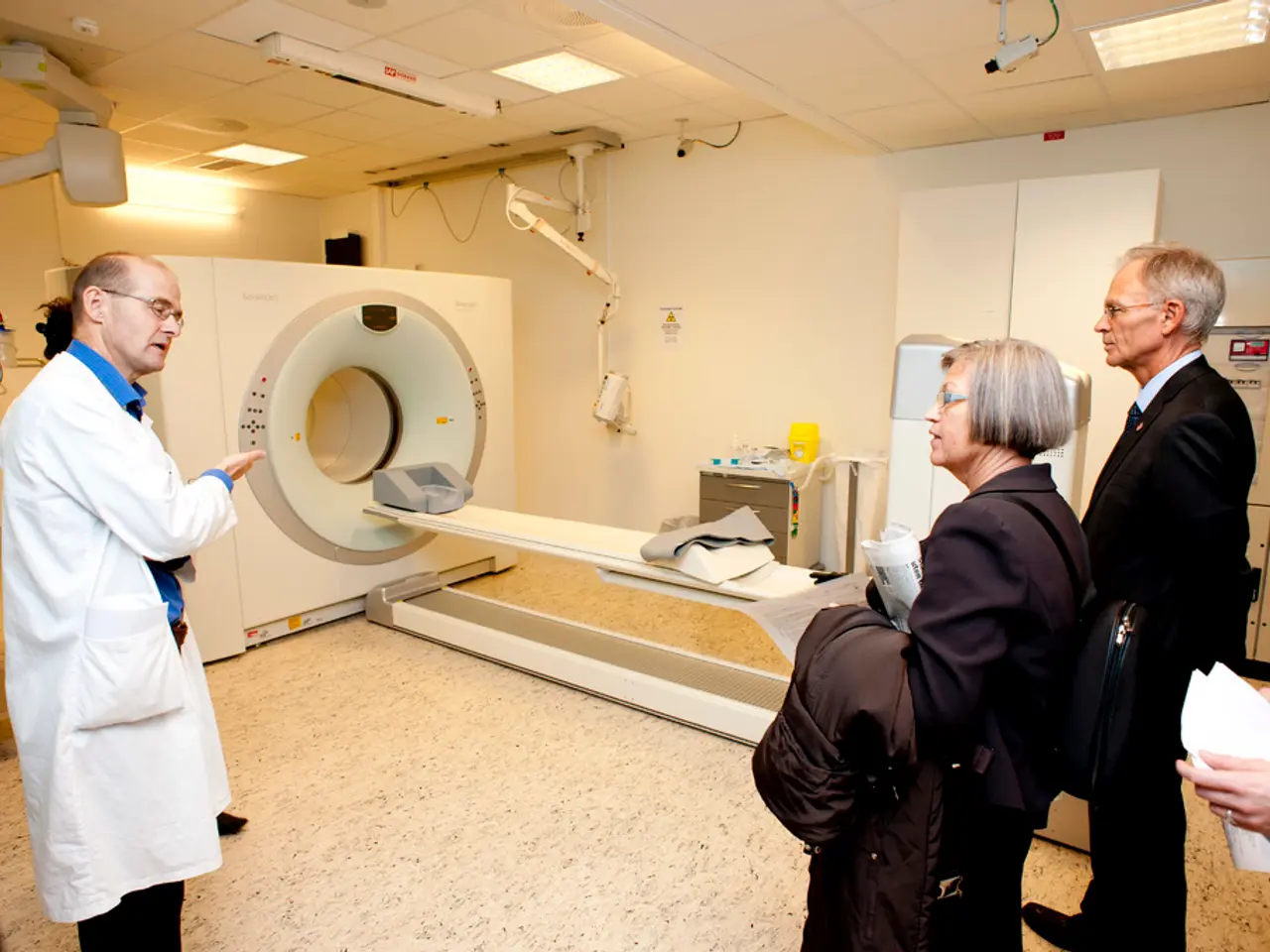Expanded Liquid Allowance in Hand Luggage: EU Enables Passage, Yet Encounters Challenges with Scanners - Updated Liquid Allowance in Hand Luggage: EU Relaxes Liquid Restrictions but Faces Scanner Shortage
The European Union (EU) is currently implementing advanced computed tomography (CT) scanners at various airports, which are set to change the way passengers approach air travel, particularly regarding liquid restrictions.
These new CT scanners, which use 3D imaging to analyze carry-on contents more accurately, allow passengers to carry liquids in containers larger than the traditional 100 ml limit, up to a total of two liters in hand luggage at checkpoints equipped with approved technology [1][2][3][4]. This represents a significant relaxation compared to the long-standing rule implemented in 2006 after a foiled liquid explosives plot [2].
However, it's essential to note that the policy change is not uniform across the EU. The more relaxed liquid rules apply only where the EU-approved CT scanners—particularly those from Smiths Detection (a UK company)—are installed and certified. Other scanner brands like Rapiscan and Nuctech have not yet met EU technical standards, leaving airports equipped with those systems still bound by the 100 ml rule [1][2].
As of now, about 700 approved CT units are in use or being installed in around 21 EU member states, including major hubs such as Frankfurt, Amsterdam Schiphol, Milan Linate and Malpensa, and others in Germany, Ireland, Italy, Lithuania, Malta, the Netherlands, and Sweden [1][2][3][4]. The European Civil Aviation Conference has recently approved new explosive detection systems, enabling other manufacturers to apply for certification, potentially broadening implementation across the EU over time [3].
In Germany, the implementation of these new scanners is uncertain due to software adaptation needs. Passengers are still only allowed to carry liquids in containers with a volume of up to 100 milliliters, and travelers cannot be informed in advance about which scanner they will pass through security at German airports [5].
Despite these advances, travelers are advised to check in advance whether their departure or connecting airports have adopted the new CT scanners and liquid rules because implementation varies and the 100 ml limits may still apply in many places [2][3]. The European Commission has approved these changes, but it remains up to individual airports and countries to decide when to lift restrictions [2][4].
In summary, the new CT scanners represent a significant step towards phasing out the restrictive 100 ml liquid rule in the EU where technology permits safer, more convenient screening [1][2][3][4]. However, travelers should be mindful of the varying implementation across the EU and check airport-specific policies before travel.
References:
- BBC News
- The Guardian
- Eurocontrol
- Smiths Detection
- Deutsche Welle
- The EU's implementation of advanced computed tomography scanners may permit a more relaxed lifestyle for travelers, as they can carry larger quantities of liquids in hand luggage due to the new technology, following theshift in policy towards more convenient screening.
- While the employment policy of particular airports within the EU may vary, depending on whether they have installed and certified the EU-approved CT scanners, such as those from Smiths Detection, travelers should be aware of their community policy and check specific airport regulations prior to their journey to ensure compliance with liquid restrictions.




